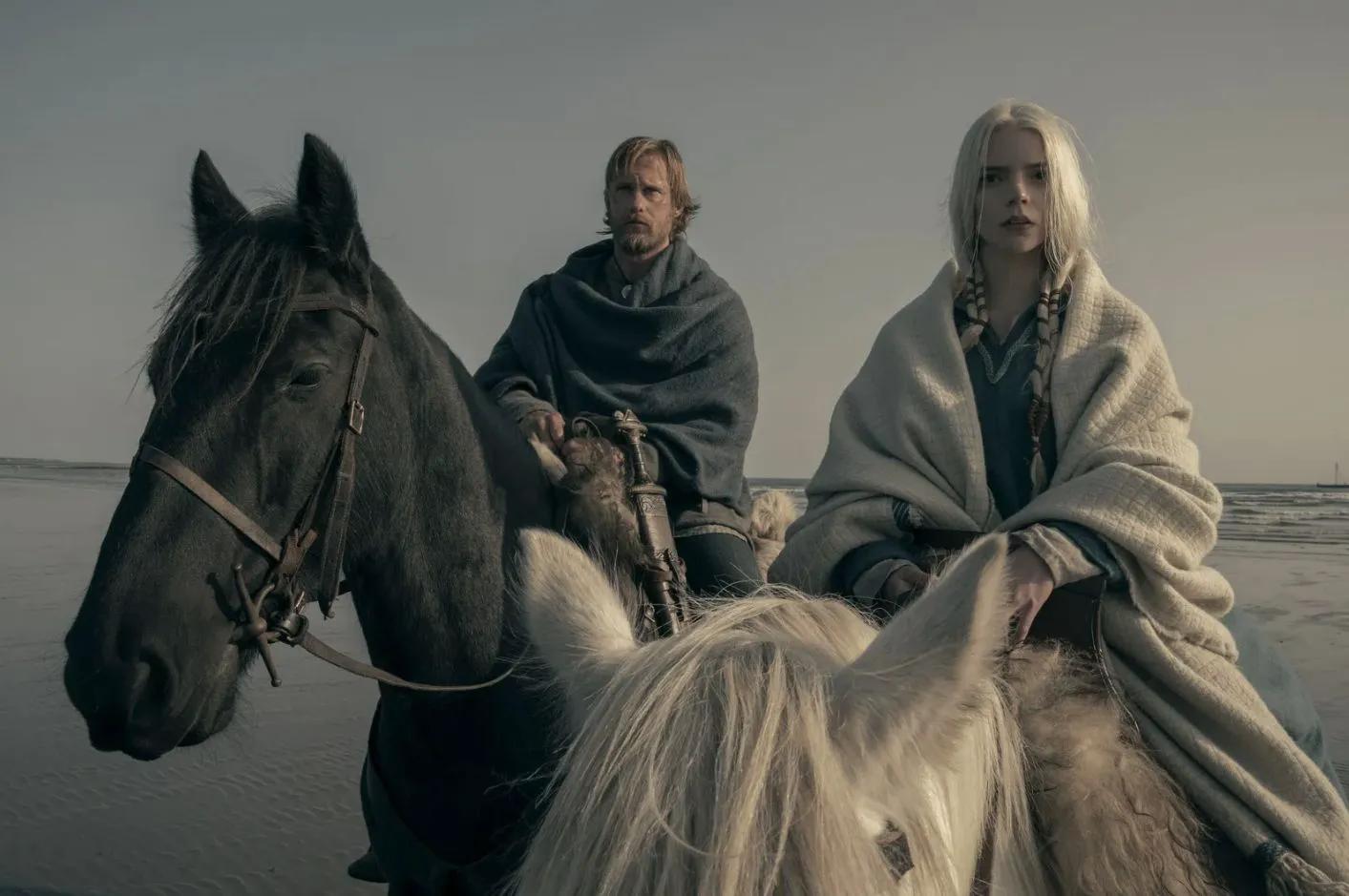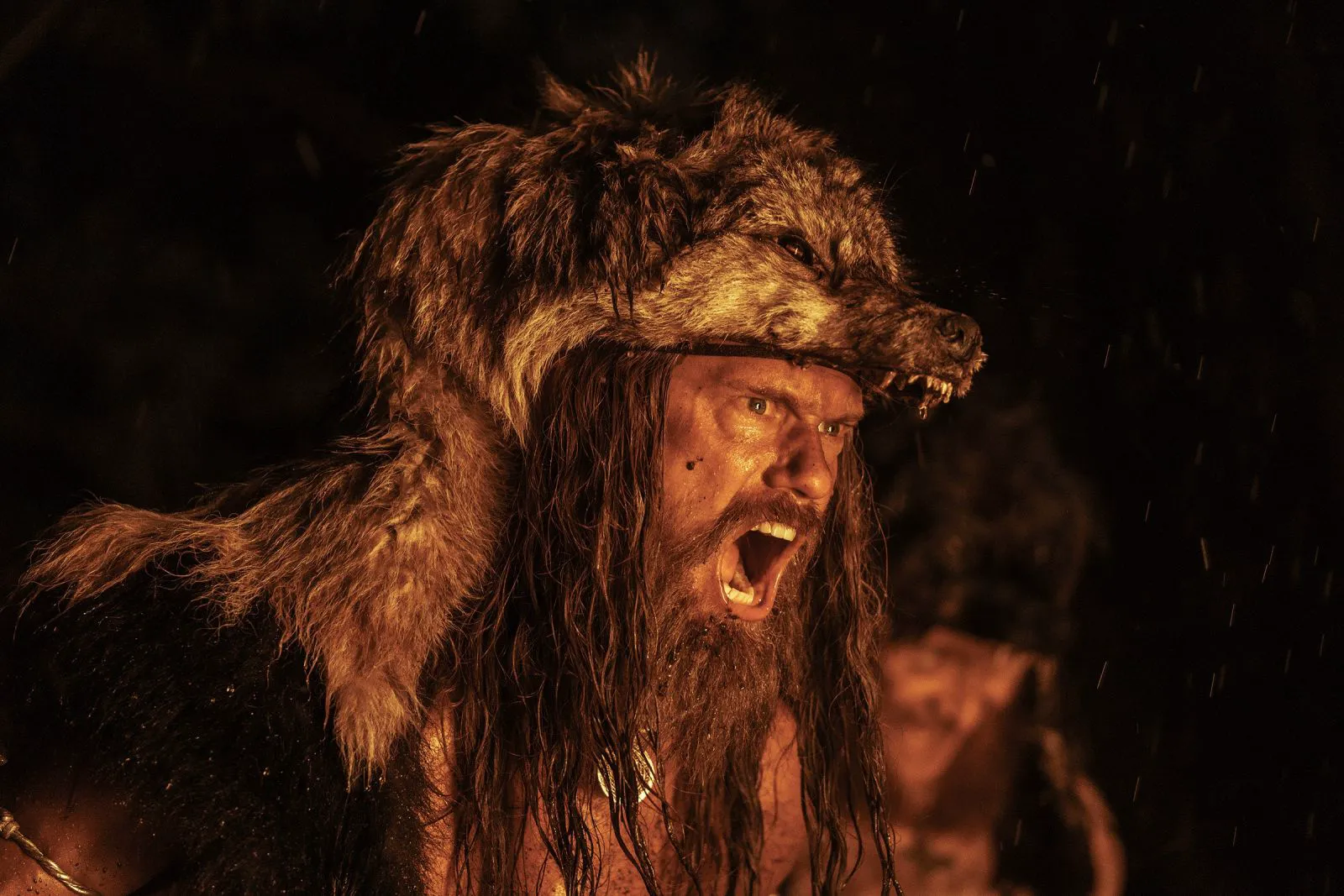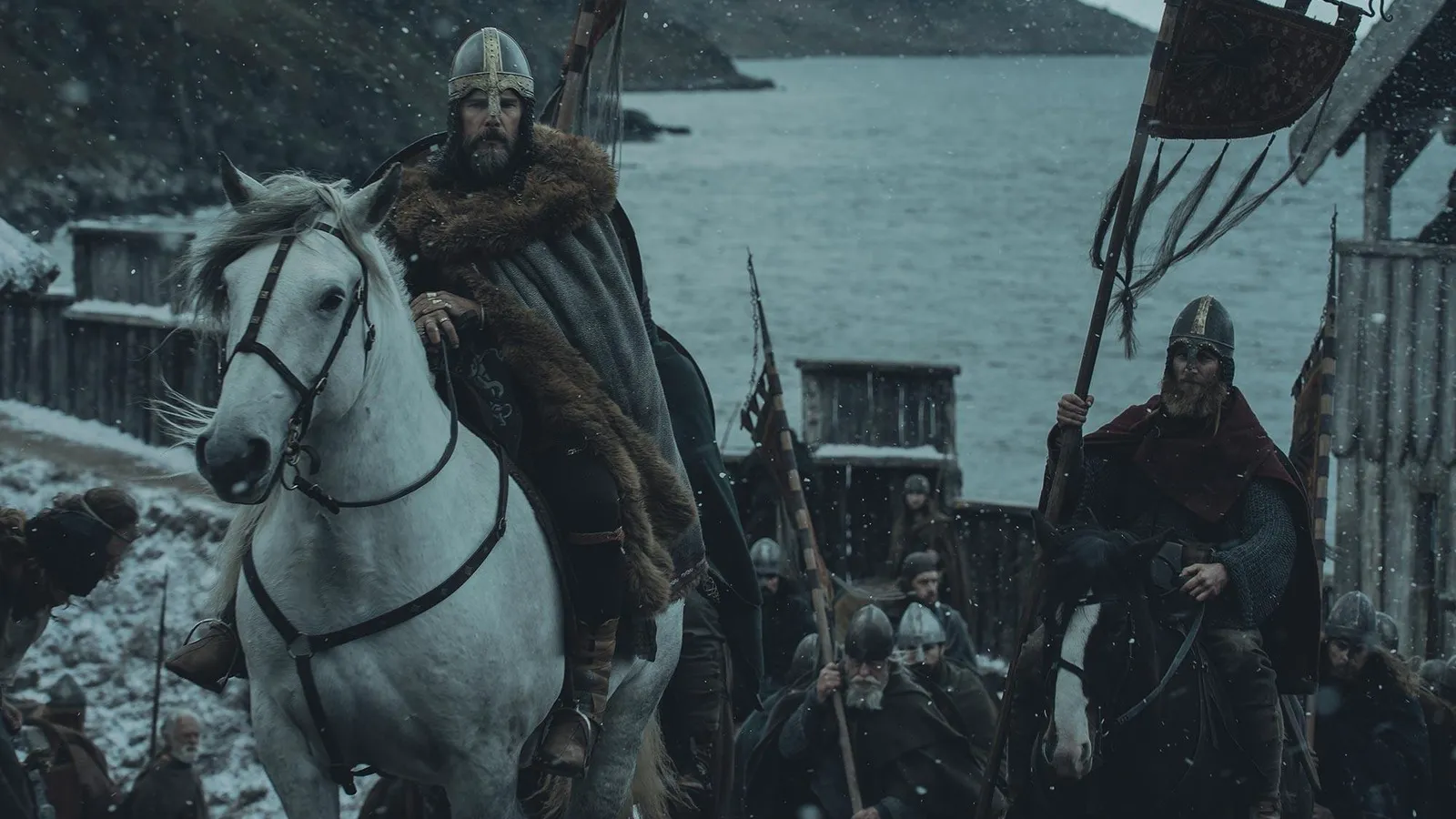Robert Eggers, when once asked about directing films set in modern times, simply replied, “No, thank you.” Eggers burst onto the scene with his debut horror film, “The Witch,” a 17th-century colonial tale that introduced Anya Taylor-Joy to the world. He solidified his position as a leading young director with the wildly talented “The Lighthouse.” Now, with “The Northman,” Eggers has stepped into the realm of substantial budgets, allowing his vibrant imagination and boundless creative energy to reach a wider audience beyond the festival circuit.
A Tale of Revenge and Destiny
“The Northman” draws inspiration from the 13th-century story of Prince Amleth (the same story that inspired Shakespeare’s “Hamlet,” though he may deny it). Young Amleth, heir to the Danish throne, witnesses his father’s murder at the hands of his own uncle. He escapes, vowing revenge. Years later, Amleth (Alexander Skarsgård) joins a band of Vikings, raiding villages and selling captives into slavery, becoming a brutal killer. However, the spirits of the North remind him of his destiny. Amleth learns that his uncle has been overthrown and now resides in Iceland, where slaves from a destroyed village in Kievan Rus’ are being sent. The hero cuts his hair, dons slave attire, and plans to infiltrate his enemy’s new domain, seeking vengeance for his father’s death and to free his mother. During his journey, he meets Olga (Anya Taylor-Joy), a slave from the ravaged village. She recognizes Amleth as an enemy but keeps his secret, hoping he will help her escape.

Anya Taylor-Joy as Olga in “The Northman”
Authenticity and Mythology
Eggers is not playing around. The substantial budget for “The Northman” was used to hire professional historians, archaeologists, and costume specialists, ensuring every detail in the film is as authentic as possible. From the amulet around Amleth’s neck to the architecture of the villages, all artifacts and sets were meticulously recreated under expert guidance. Even the Vikings’ shields are made of wood according to historical specifications. This meticulousness is understandable, as Robert Eggers began his career as a production designer, making him particularly attuned to the material culture on screen.
Now that we can confidently say this is the most authentic Viking film ever made, let’s delve into the most intriguing aspect: the mythology. Of course, no Eggers film is complete without mysticism, and “The Northman” offers ample space for it.

Alexander Skarsgård as Amleth in “The Northman”
The crazed jester-sorcerer (played by Willem Dafoe) initiates young Amleth into a warrior-dog during a ritual at the film’s beginning. In the ritual’s finale, the hero sheds his last tear, destined to be immortalized in a diamond. From then on, he is haunted by omens from the god Odin, dreams of Valhalla, and visits from spirits with the faceless visage of Björk. The hero’s fateful visions foreshadow the course of history, depicted in tapestries, and hint at the inevitable finale, creating a palpable tension. The director approaches Scandinavian folklore with immense interest and respect, which immediately captivates the audience. The Shakespearean language adds aesthetic charisma to the film.

Ethan Hawke as King Aurvandil in “The Northman”
A Visceral and Uncompromising Vision
All these artistic choices and attention to detail create a unique work of art. The ancient legend comes to life before our eyes, leaping off the dusty pages, becoming four-dimensional, and transporting the viewer to Valhalla for at least two hours. However, the narrative tone, not heavily adapted for modern audiences, can be jarring. The film may seem pretentious and overly testosterone-fueled. In that case, one might prefer the gentler “Vikings” series. Despite the seemingly masculine story, Eggers, living in the 21st century, centers two women. As Olga says, “Men break bones, women break minds,” and while the men are busy severing limbs and seeking revenge, the long-haired beauties steal the show. Surprisingly, the director doesn’t waste time explaining the events or the characters’ backstories. The viewer effortlessly gleans all the necessary information as the plot unfolds – another hallmark of outstanding storytelling.
“The Northman” is precisely the kind of film one expects from a young horror director: a bloody, uncompromising, auteur statement that either instantly captivates or repels (like “The Lighthouse”). The six-minute massacre scene, masterfully shot in a single take, can induce a deep hypnosis until the credits roll, and whether you enjoy it depends solely on your personal tolerance for blood. The director’s skill is undeniable, but the audience’s willingness to support such risky stories remains uncertain. The only potential obstacle to the director’s future career is the film’s box office performance. It’s too early to say, but if this expensive Viking film flops, Eggers may not be entrusted with large budgets for future projects. We risk being stuck in limbo between comic book movies and Michael Bay. But that’s a problem for tomorrow’s capitalist world. For now, buckle up; next stop: Valhalla.